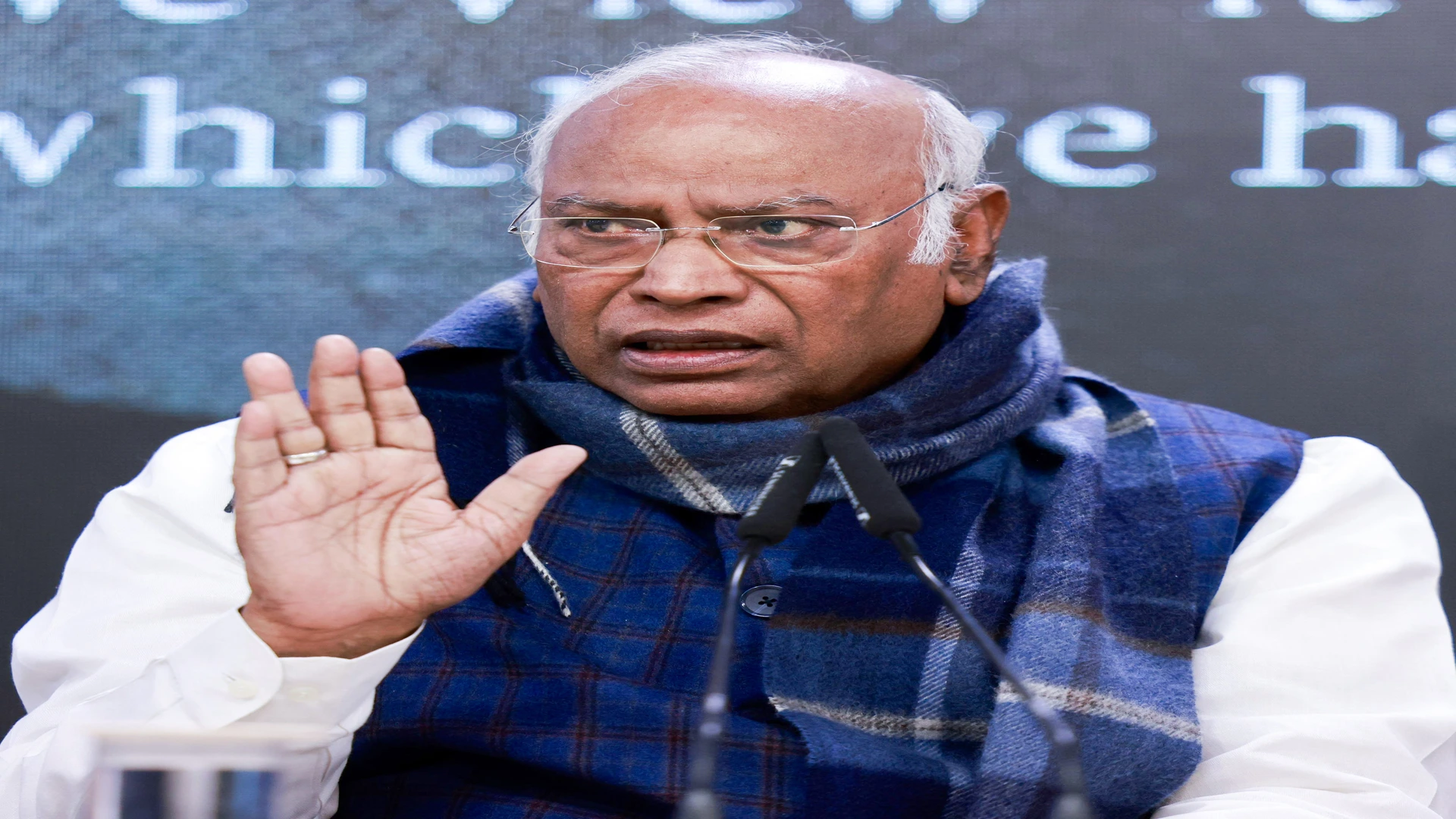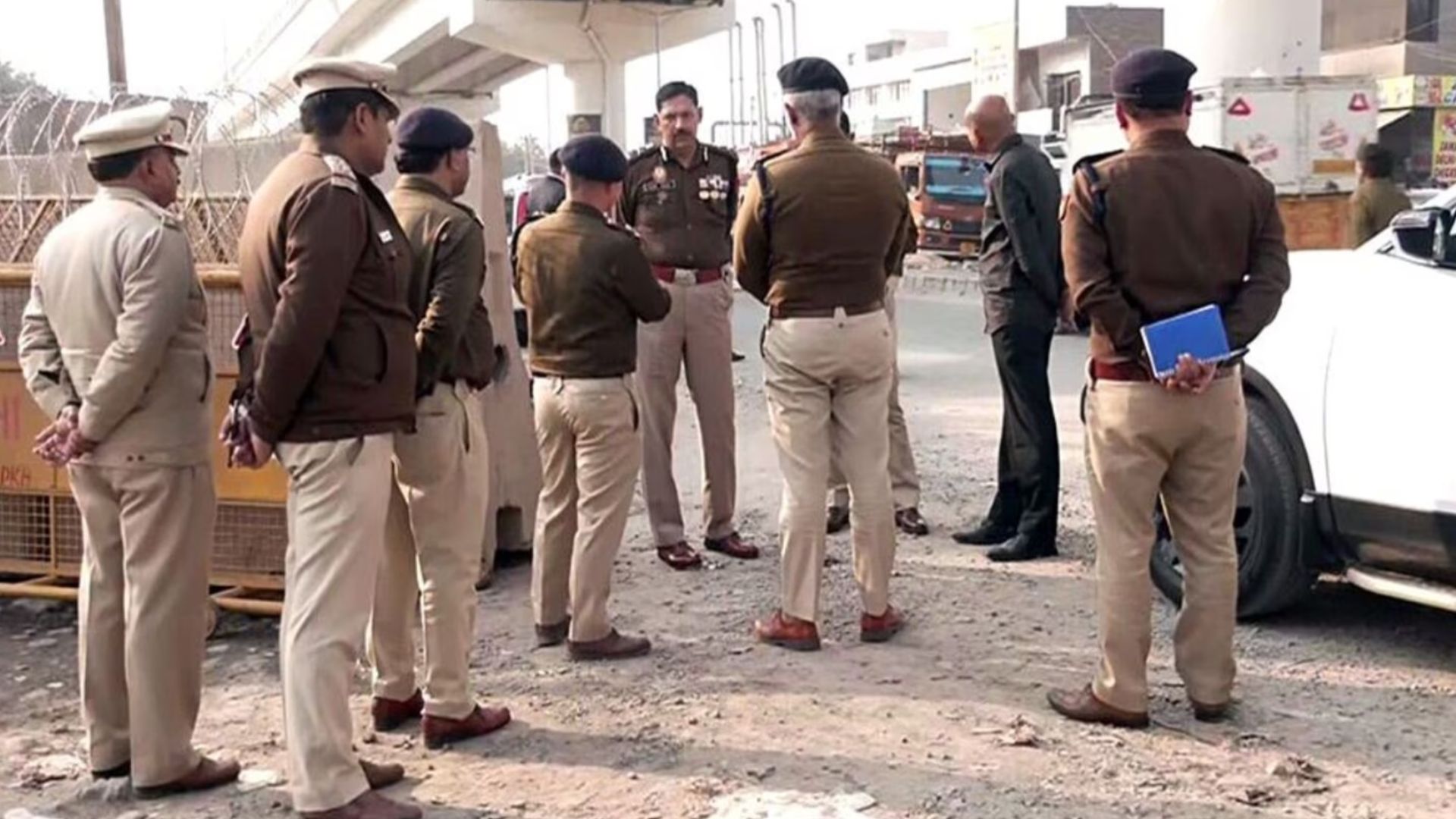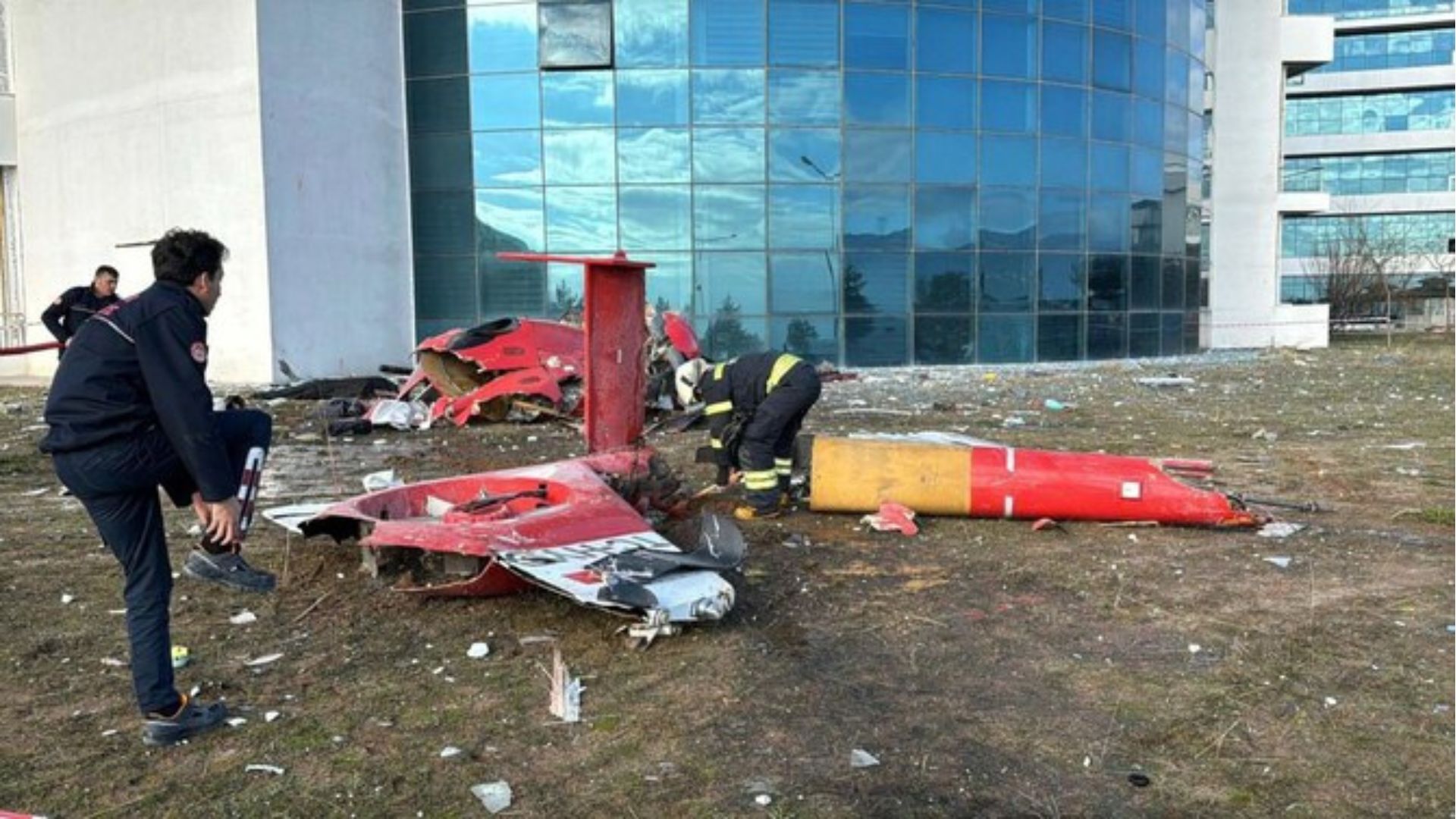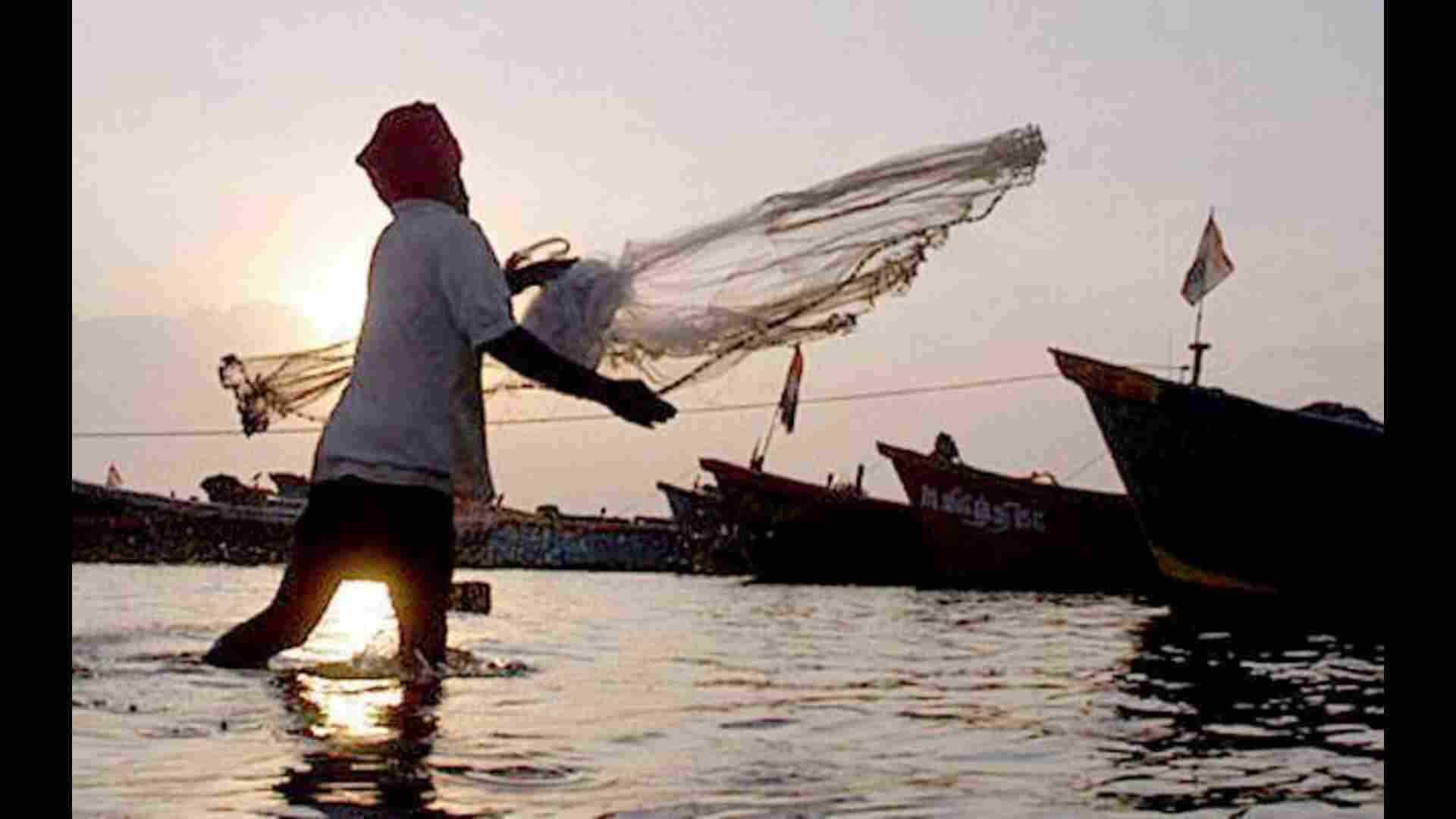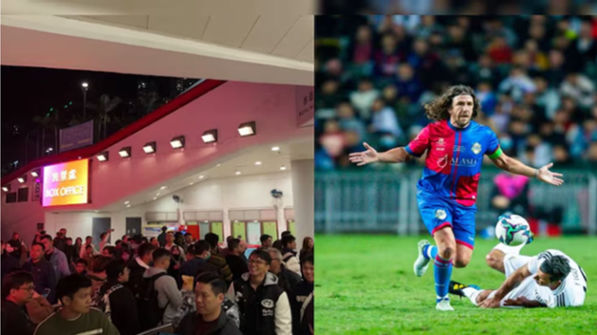The popularity of Music Directors was as high as that of the stars of the film and so their names appeared prominently on the posters.
The story of Hindi Cinema is the story of its songs. Truly; our colorful, mosaic culture of rhythm and melody is captivated in reams of celluloid through last century and the present.
Even when the films were silent the ‘live orchestra’ played to give sound to the songs at Opera House ,Mumbai and other cinema theatres . With the advent of ‘Talkies’ the singing stars, music directors and lyricists rose to the fore, the ‘playback singers’ came later. K L Sehgal, Suraya, Noor Jahan were the singing stars. Even Ashok Kumar had to sing with Devika Rani in the 1936, landmark Bombay Talkies film‘Achut Kanya’-“mein ban ki chiriya ban ban bolun re…”
The popularity of Music Directors was as high as that of the stars of the film and so their names appeared prominently on the posters. Now with ‘mobile phones’ and digital media the trend has changed in the ‘golden old days’ most ardent filmgoers kept a diary where they would write regularly the lyrics of the film songs. The older generation may recollect that at the end of the cinema thin booklets of film songs would be sold by the moving vendors at 25 paise or so . One had made it a habit to purchase the same, preserve and to memorise the songs. For many years and even till the last decade, we remembered films through their songs, whilst discussing and appreciating them. The stars were discussed through the songs they sang on screen because they lip-synched; now most songs are played on the background
Once, Devanand told a journalist that the biggest contribution to the cinema of his banner ‘Navketan’ were the songs. and it is indeed true. Recently there was ‘100 years of Dev Anand celebration’ all over India and many of his films were screened, I was not sure of the response; however, to my utter joy the audience were happy to sing along to his songs and were clapping, most were young people. The list of Navketan hits is endless ; starting from “dukhi man mere sun mera kahna…” ( Funtoosh ), “jayen to jayen kahan” ( Taxi driver ), “teri duniyan mein jine se to behtar hai ki mar jayen” ( house no 44 ),” tadbir se bigri hui taqdir banale”(Baazi), “Ankhon main kya ji sunehra badal”( Nau do gyaraha ),” gata rahe mera dil” ( Guide ),” Apni to har aah ik toofan hai ..Upar wala jaan kar anjaan hai” ( kala baazar ) “hum bekhudi mein tumko pukare chalegaye “( kala paani)” mein jindagi ka saaath nibha ta chala gaya”( Hum Dono), “Aasma ke niche hum aaj aapne peeche “( jewel thief ) and many more.
It was only in the late fifties that the directors got a grip of the medium and got used to the technology of Cinema, but still the music directors , lyricists and singers had their sway as the public wanted more . The cinema goers understood cinema better through songs and story being unfolded through songs compared to the other dramatic aspects. Further; the intellectual level of the song writers such as Sahir Ludhyanvi, Shailendra, Majrooh Sultanpuri, Shakil Badayuni was of a much refined level, with a sense of social commitment, which reflected in their songs.
However; all the top directors such as Mehboob Khan, Bimal Roy , Guru Dutt Raj Kapoor, Vijay Anand not only gave priority to songs but were masters in song picturization and they made landmark films with strong story and captivating dramatic situations, they understood the value of songs in Hindi Cinema and used them effectively as part of the narrative. The songs were essential turning points in the script.The Indian audience could relate to this style/form as it was brought up in singing drama tradition ( Ram Lila, Nautanki, Tamasha )and therefore would remember the films through songs.
Raj Kapoor rose to be a ‘showman’ as he picturized dance sequences so powerfully that the song and dance stayed with the audience for a long time – “Ghar aaye mera pardesi aas bujhi mere akhiyan ki” of ‘Aawara’ is a very long song with a surreal part which was something new , after the success it was expected that Raj Kapoor will present similar soul stirring songs and he never disappointed- “ dil ka haal sune dil wala, chotisi baat na mirch masala” and “ Ramayya vasta vaiya ramaya vasta vaiya maine dil tuzhko diya” both from Shri 420. “ hai aag hamare sine main hum aag se khelte aate hain ..” of ‘Jis desh main Ganga behti hai’ and many more.
Vijay Anand was known for his unique and distinct song picturizations which remains popular among the young even today. The most romantic song of the ‘Golden Era’ was picturized by Vijay Anand in ‘Hum-Dono’ on Devanand and Sadhna-“ Abhi na jao chod kar ke dil abhi bhara nahin” and the famous performance of Dev Anand wherein he is totally immersed in this song in the film Kala Bazaar “ khoya Khoya chand Khula Aasmaan ankhon me sari raat jayegi tum ko bhi kaise neend ayegi” where Dev dances alone under the moonlit night on hills and slopes and by the lake with Waheeda sitting at a distance listening ; Dev was attempting to express his feelings to her and she is amused. The originality of Vijay Anand is visible in 1970 film ‘Johny mera naam’ ; in the song “pal bhar ke liye koi hamen pyar karle , jhoota hi sahi” in which as Devanand woos Hema Malini numerous windows one by one emerge . The songs becomes popular on account of its own quality as well as on the basis of the performance of the actors; it is collaborative effort. Bimal Roy knew the placement of songs in his films and how to inspire musicians and lyricists to .give their best . The songs of ‘Madhumati’, ‘Sujata’, ‘Bandini’ are remembered still.
The innate sense of ‘song picturization’ could be sensed in Guru Dutt from the 1952 film ‘Jaal’ in which he directed Devanand and Gita Bali –“ Ye raat ye Chandni phir kahan sun ja dil ki daastaan”; the seaside setting, moonlit night, a cottage on the beach and Dev strumming guitar and Geeta Dutt is in raptures. He had a great sense of music and dance and was a trained dancer under Uday Shankar before he joined films . His strength was his song picturization which could be discerned in his films such as – ‘Pyasa, Kagaj ke phool. Sahib bivi aur Gulam and Chaudhivin ka Chand’. After the failure of ‘Kagaz ke Phool’ he did not direct ‘Sahib Bivi aur Ghulam’ and ‘Chowdhivin ka Chand’ but he picturised all the songs himself . If we remove the songs from these films they would be hollow. Remember -“ bhanwara bada nadan hai, bagiyan ka mehman hai” picturised on Waheeda Rehman and Guru Dutt and the immortal “ Chaudhivin ka Chand Ho ya aftaab ho”.
Songs were also used as a device to compress time , to simplify a complex situation or to introduce a character or even to relate the theme of the film . The primacy of music could be judged from the fact that most Stars and Film makers had their team from which they wavered very little because they were so safe and secure with their talent. Raj Kapoor’s voice was Mukesh and song writers Shailendra – Hasrat Jaipuri and musician- Shakar Jaikishan . Dilip Kumar’s team was- Mohammad Rafi, Naushad and Shakeel Badayuni – Mughal -e -Azam , Ganga Jamuna , Amar , Aan . Dev Anand had his favourite Sachin Dev Burman and songs by most top lyricist which gives his songs variety – Sahir ( Taxi Driver/Fantoosh/House No 44,Baazi and Hum Dono), Shailendra( Kala Baazar, Guide) , Majrooh Sultanpuri ( Nau do gyarah, Kala Paani, Jewel Thief) Hasrat Jaipuri ( Tere Ghar ke Samne , Jab Pyar kisi se Hota hai) . Mohamad Rafi sang for Dilip Kumar, Shammi Kapoor , Rajendra Kumar; he also sang for Dev Anand though the common perception was that Kishore Kumar was Dev’s voice . When new stars were to be launched much attention was accorded as to who would sing for them. Rajesh Khanna’s voice was Kishore Kumar after the super hit ‘Aaradhna’ which made Kishore supreme and slowed the popularity and assignments of Rafi . Rishi Kapoor’s launch also was boon for ‘Shailendra Singh’ who sang for ‘Bobby’ as Raj Kapoor wanted a new voice for his son.
The dependence and centrality of songs in films was so strong that it is believed that many films were made just on the basis of songs and the story was woven and written around them to give them a structure . The famous film of Shammi Kapoor ‘Kashmir Ki Kali’ was made on the platform of songs – the music director O P Nayyar along with lyricist S H Bihari approached Shammi Kapoor and played a set of songs out of which he selected nine and the story was written around the songs. Similarly the famous film of Mahesh Bhatt ‘Aashiqui’ which starred Anu Agarwal and Rahul Roy and was a super hit on the success of its songs around which it was created, composed by Nadeem Shrawan and written Sameer and others.
Two examples I shall present for better appreciation of songs in cinema and how they were scripted. Guru Dutt’s ‘Pyasa’ is a story of a poet, who has a romantic relationship during college with a girl who is now married to a rich man . He is unemployed and drifts from his family but develops a relationship with a prostitute who sings his songs . The movie begins with the recitation of ‘Urdu couplets’ in background establishing the identity of the protagonist and setting the mood . Guru Dutt happens to see Mala Sinha and there is a flash back song “hum aapki aankhon mein is dil ko basa dein to” conveying their relationship and setting up of a meeting. Waheeda Rehman who plays the prostitute is introduced through the famous song,” jane kya tune kahi jane kya maine suni baat kuch ban hi gayi..”, they meet in strange circumstances when Guru Dutt rescues her from the police stating that she was his wife. The song “jaane wo kaise log the jinko pyar ko pyar mila”, which Guru Dutt sings in the company of the established poets sets the conflict and suspicion in the mind of Mala Sinha’s husband Rehman. The song “jinhe naaz hai hind par wo kahan hein…” is set in a red light area with young breast feeding mother being engaged in flesh trade and poverty stricken people all over, this builds up the climax.
The climax song is immortal, when Guru Dutt reappears after being declared dead and there is an assembly to honour him and his works being Presided by Rehman and others, the light is from behind and Guru Dutt has spread his arms reminding of ‘Crucification’; he sings the immortal signature song “ ye mehlon ye takhton.. ye tazon ki duniya.. ye Insan ke Dushman Samajon ki duniya .. Ye Duniya agar mil bhi jaye to kya hai”. There is chaos : Finally Gurudutt escapes and walks out against the sunset holding the hand of Waheeda Rehman and the song, “aaj sajan mohe ang lagalo janam safal ho jaye” playing in the background. So we see that the songs were not only beautifully picturised but were so intelligently placed so that they were enmeshed with the story and effect is cathartic whilst the audience rise from their seats with a lump in their throat reminiscing the title song.
Guide. This Vijay Anand directed classic was ahead of its time when made in 1966 based on the Novel By R K Narayan –‘The Guide’. it was a risky proposition dealing with the subject of adultery.
The songs are hummed to this day and are structured to tell the story. It is a story of Raju guide played by Dev Anand and Rosy a married woman ( Waheeda Rehman ); how Raju makes her a dancer of fame , drifts, goes to jail and redeems himself. It is an irony that the film won seven filmfare awards ,but was not awarded the music trophy, which S D Burman deserved . The film opens with The S D Burman sung song in background, “ yahan kaun hai tera musafir jayega kahan..”, during this time the casting is shown and Dev’s journey from jail to a village where he finally settles as priest is covered. The movie moves in flash back and the first twist is marked with the song of Waheeda when she breaks free of her husband, “ katon se kheench ke ye anchal todr ke bandhan pehni payal… aaj phir jeene ki tamanna hai aaj phir marne ka irada hai…”. Raju guide and Rosy fall in love, but Rosy has doubts and Dev convinces her of his love , “tere mere sapne ab ek rang hain yo jahan bhi lejayen hum sung hein…”. Dev brings Rosy home there is problem of her being accepted and continue with her dancing but Dev insists to bring her to stage and she not only dances but becomes famous , the song “piya tose naina lage re jane kya ho ab aage re” is played in many situations as she continues to rise the popularity ladder.
There is strain in relationship as Dev gambles and makes money on her success, he misses her when drunk and sings , “din dhal jaye par raat na jaye tu to na aye teri yaad sataye, din dhal…”; this is a turning point. Dev is charged for forgery and is to be jailed, prior to that he wants to meet Rosy , the police Inspector is his friend and obliges. At this juncture there are two songs one after the other and narrate the story forward. One is by Waheeda implicating Dev and the second by Dev implicating Waheeda, it is a unique sequence and unforgettable . Lata sings, “mose chal kiye jye haye re haye re saiyyan beiman mose chal kiye jaye….”, on completion Dev sings in Rafi’s voice, “ kya se kya ho gaya bewafa tere pyar mein chaha kya kya mila bewafa tere pyar mein…” Finally the film returns , to village where Dev has commenced his fast for rains and people are converging to see the result, Waheeda too joins and then there is this song by S D Burman, “allaha megh de pani de chaye dede tu Rama megh de…” . representing the anxiety and agony of the situation. It rains but Raju is no more. We see here that the lovely songs of Shailendra have been utilized very sensibly by the genius Vijay Anand.
The legendary filmmakers of Hindi cinema were aware of their place in history and also of the longevity of their work . A film may fade into memory but songs remain active on digital platforms. The original Indian competitive song programme ‘Antakshri’ ensures remembrance and longing specially among young who hum the same songs which their parents and grand parents did on account of the deep intrinsic quality of the songs to which they identify ; which have attained immortality outside of the celluloid reels. Even though less audience see films in cinema halls but on the digital and Tv platforms it remains high in demand and the periodic sale of satellite rights is proof of its longevity, much of it is on account of their songs. The Art films and films which do not have songs remain restricted in circulation and their viewership is confined to only Art house audience.
The pull and attraction of ‘music’ among young is as strong as becoming an
‘actor’.
A significant number of professionals after having graduated from reputed technical institutes and performing well in Firms and companies have left their secure jobs to pursue their inner call for music. Rise of talented and original lyricists such as Prasoon Joshi, Irshad Kamil, Amitabh Bannerjee, Kausar Munir, Swanand Kirkire and Sayed Kadri gives hope and reassurance that cinema music may have reduced but it is living. The recent success of ‘Rocky aur Rani…’ is yet another indication of its survivability . Music directors such as Amit Trivedi and Anirudh Ramachandran also inspire hope . Regarding singers there is glut and difficult to choose from . Popularity of old film songs programmes dedicated to ‘R D Burman’/ ‘S D Burman’/ ‘Shankar Jaikishen’ / ‘Kalyanji Anandji’ continue to enthral .
Songs; are like the ‘umbilical cord’ to which Cinema shall remain tied for ever in India.


